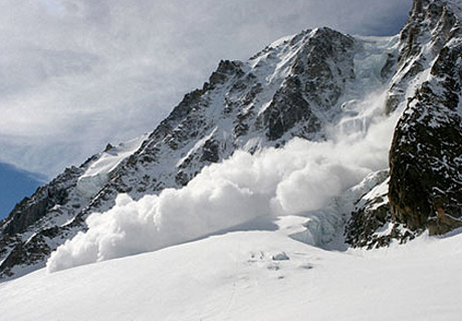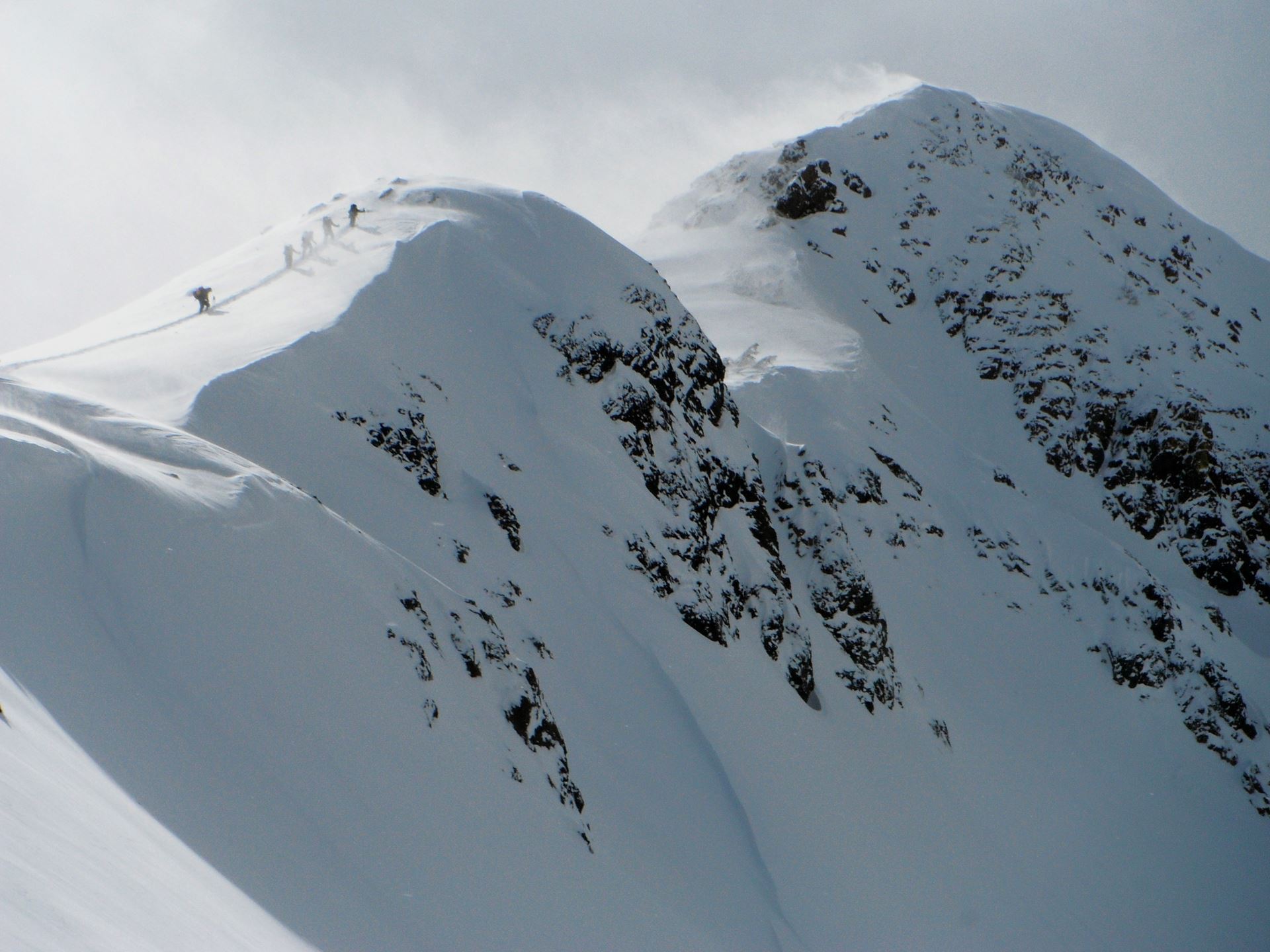 With the Sierra Nevada on overload with 136% of snowpack, avalanche safety has received a renewed emphasis. The Sierra Avalanche Center, Mount Shasta Avalanche Center, and Eastern Sierra Avalanche Center are your go-to sources for professional and reliable avalanche information, and should always be consulted before heading out in the winter backcountry.
With the Sierra Nevada on overload with 136% of snowpack, avalanche safety has received a renewed emphasis. The Sierra Avalanche Center, Mount Shasta Avalanche Center, and Eastern Sierra Avalanche Center are your go-to sources for professional and reliable avalanche information, and should always be consulted before heading out in the winter backcountry.
This last weekend avalanche danger was HIGH throughout most of the state and continued to be that way for several days as more and more snow just kept coming. Why was it so unusually high and for so long? Primarily it was these factors: 1. weather, 2. terrain and 3. snowpack - which are all a part of a series of quick assessments you can use to determine if it's safe to venture onto steep slopes. Here's a few examples from the last week:
Weather Red Flags:
- It was snowing more than an inch an hour makes for unstable conditions, as the snow piles up faster than it has time to bond
- Strong winds create "wind slab" which make the classic and deadly slab avalanche conditions more likely
- Cold temperatures and little sun keep the snowpack loose and unbonded
Terrain Red Flags:
- Slopes in the zone of between 30 - 45 degrees were sliding, like they always do when triggered.
- Terrain with a collection zone or ridge, shaped like a bowl or a chute, especially with runout zones, and broken or non-existent trees are places where avalanches occur over and over. Stay away from these places.
 [MAA team on a winter ascent of Mt. McAdie, a neighbor to Whitney. We avoided avalanche terrain by staying on ridgelines and steep rock.]
[MAA team on a winter ascent of Mt. McAdie, a neighbor to Whitney. We avoided avalanche terrain by staying on ridgelines and steep rock.]
Snowpack Red Flags:
- The presence of a large and unstable wind slab is always a cause for concern, and cornices grew to an enormous size.
- The presence of many storm layers create a complicated snowpack with many potential failure points - best to dig a pit and conduct some tests on your own as well!
These are just some of the factors you should consider when heading out into avalanche terrain, but not all. There are many more things to know and assess to create a complete picture for the backcountry. So how to stay the safest? Follow these steps:
- Get educated - take an avalanche course. We recommend Sierra Mountain Guides in Bishop or Alpine Skills International in Truckee.
- Get the report - check the appropriate agency before heading out.
- Get away - if your goal is climbing it is usually possible to stay above and away from avalanche zones, or in terrain where it is too steep or too low angle for them to occur, such as on ridgelines, steep cliffs, or trees. Avoidance is the key.
Have fun and stay safe out there!
 [MAA team on a winter ascent of The Sisters near Carson Pass]
[MAA team on a winter ascent of The Sisters near Carson Pass]


